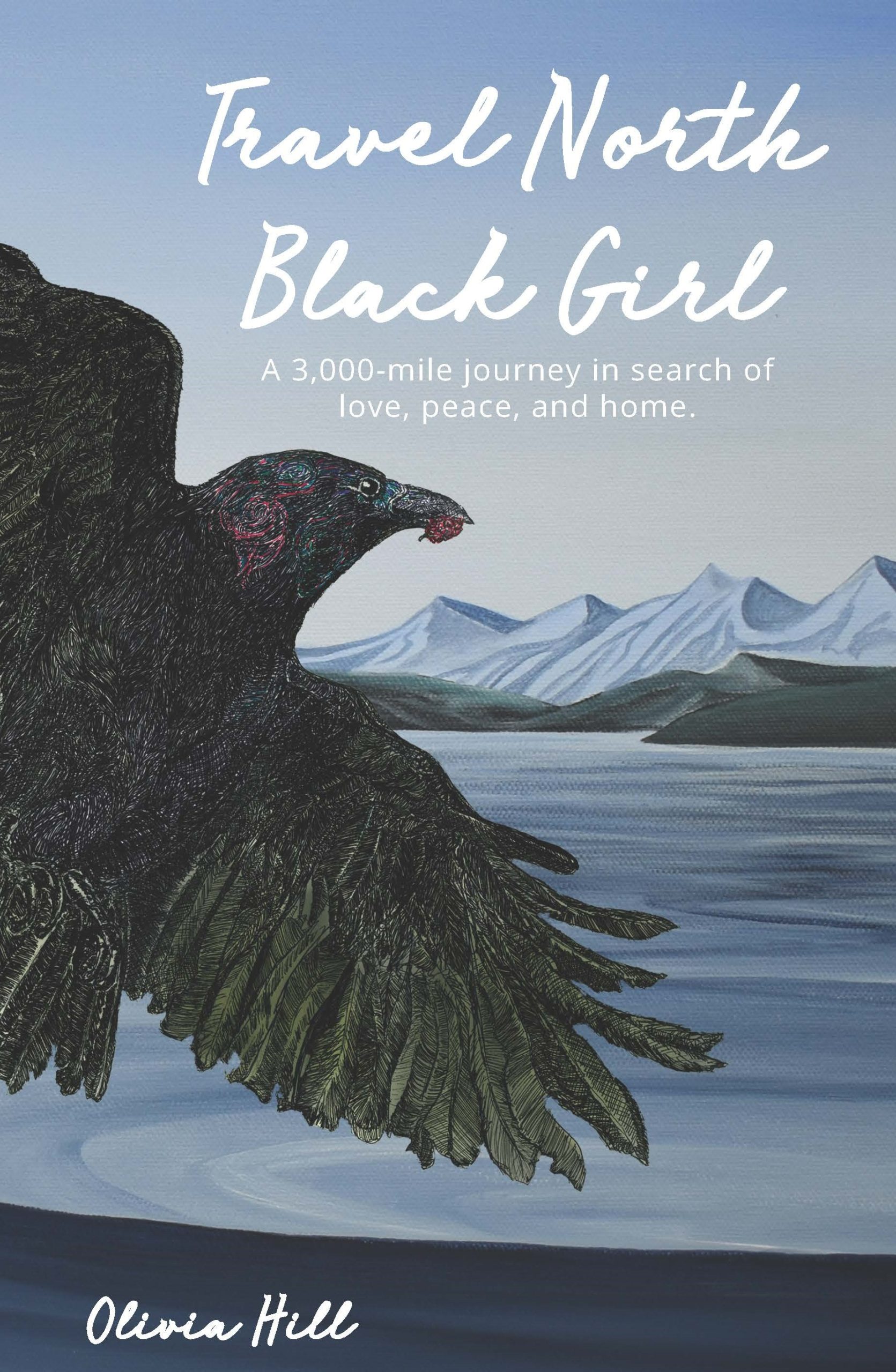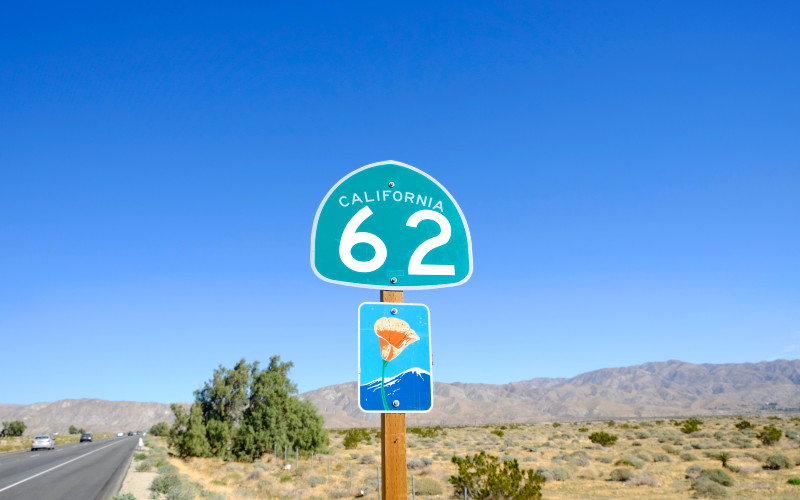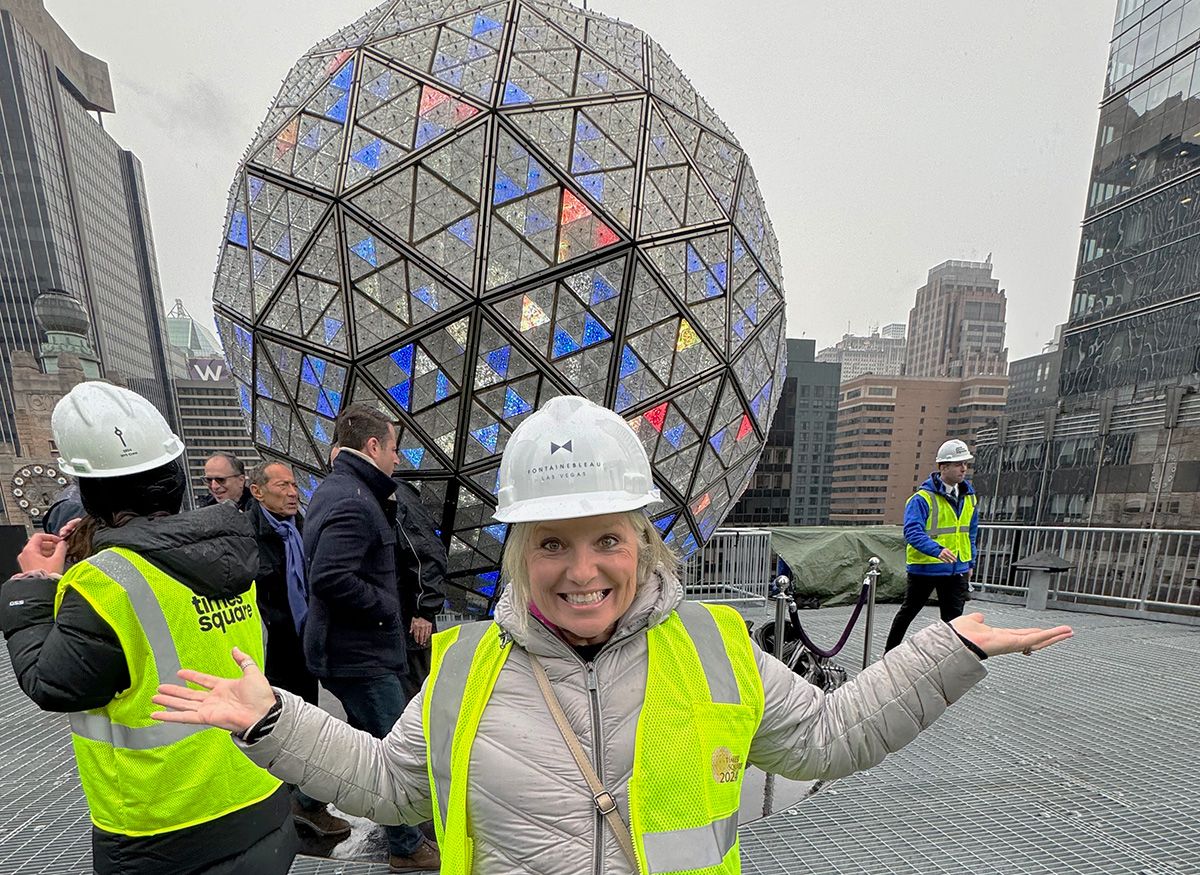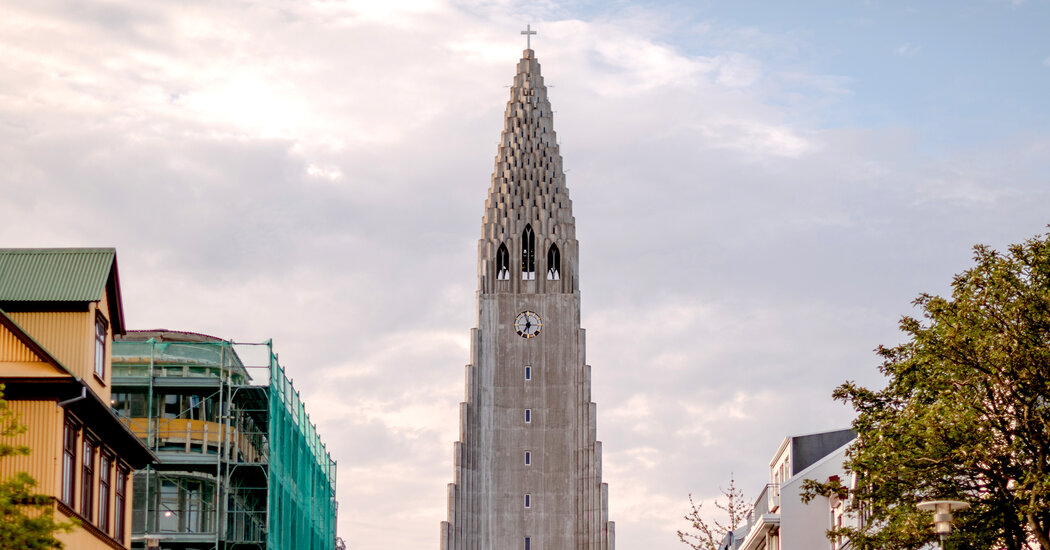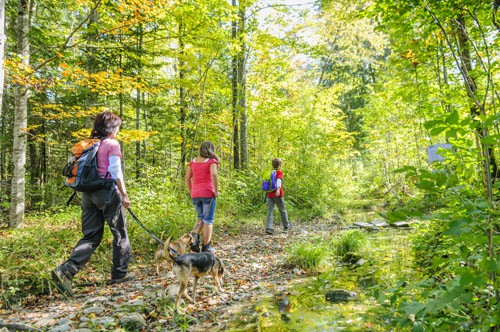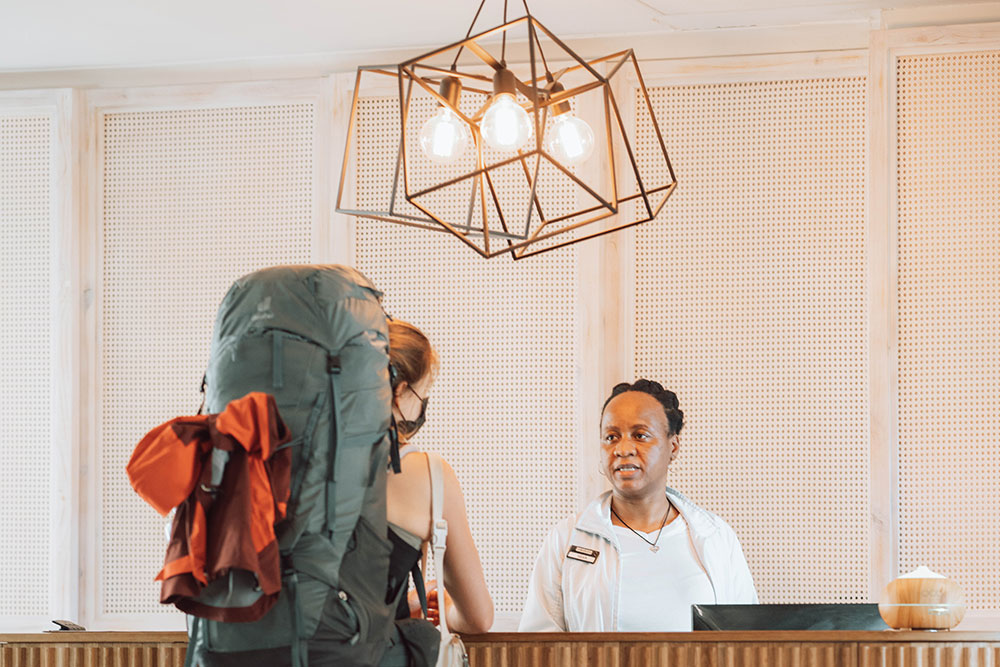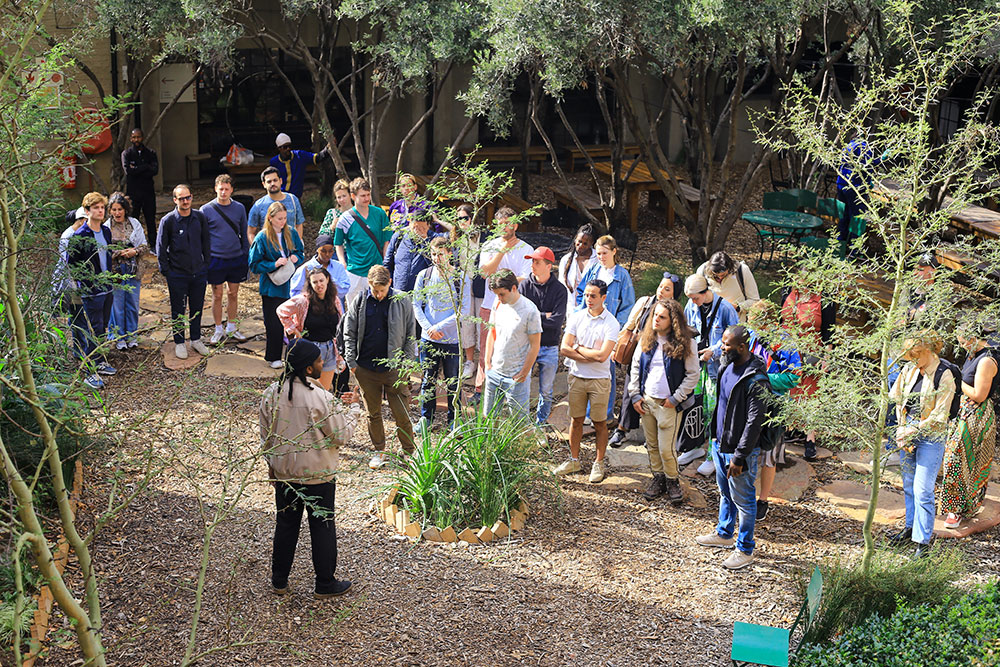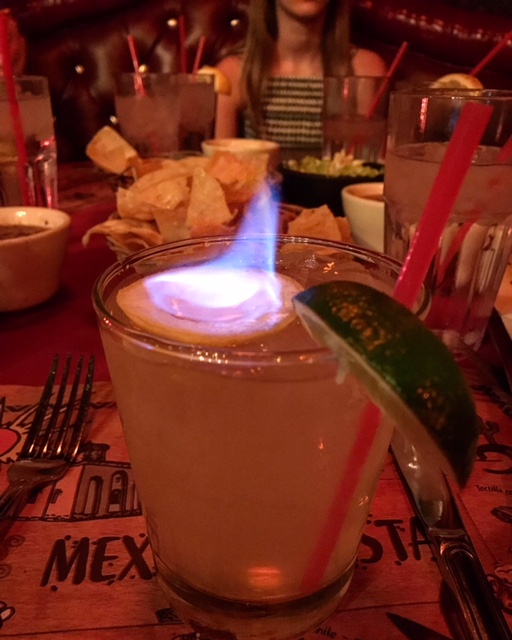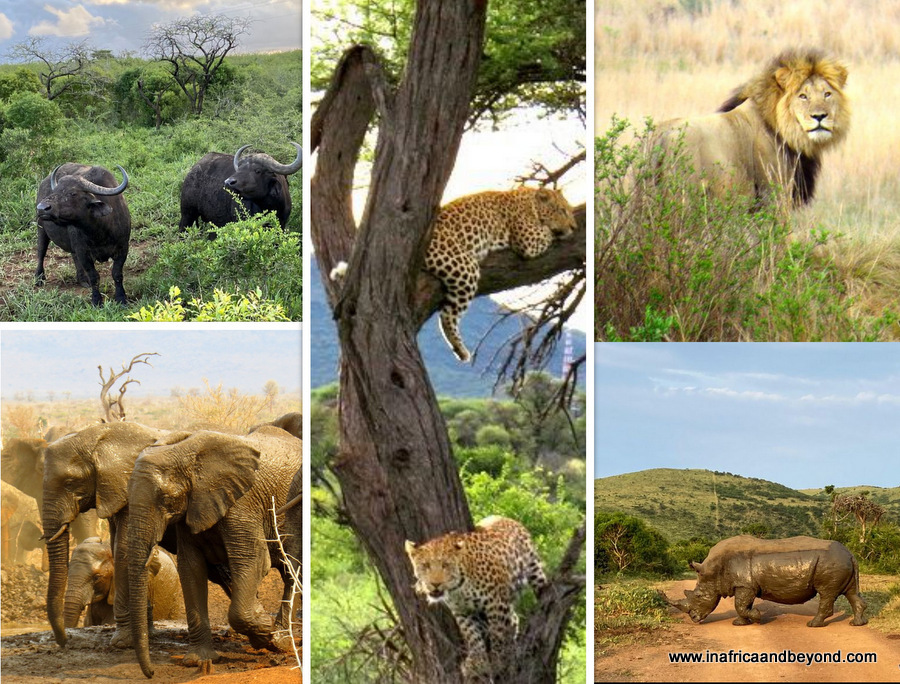
The Big 5 of Africa
How well do you know your wildlife? If bush jargon confuses you, then this guide to African wildlife will give you the basic information you need to know before your safari, and answer some commonly asked wildlife questions. Although I discuss the Big 5 of Africa , I will also focus more specifically on the Big 5 in South Africa.
Lion in Welgevonden Game Reserve
What is the Big 5?
The Big 5 refers to five of the most iconic animals in Africa. They are the African lion, the African elephant, the rhino (black rhino and white rhino), the Cape buffalo and the African leopard.

Elephants in Madikwe Game Reserve
Why are they called the Big 5?
Despite common misconceptions, these animals were thus dubbed not because of their size, but rather due to the difficulties and dangers that big-game trophy hunters encountered when hunting and tracking them. They became especially vicious when cornered and injured. This made them the most prized African animals in the big-game hunting world. To successfully take down one of these dangerous animals , a hunter would need a great deal of skill, knowledge and luck. Although hunting is limited these days, poaching is a huge threat, with rhinos and elephants being the most poached Big 5 animals.
These days the term “Big 5” is usually used to refer to the most popular animals to see on an African safari.

White Rhino in Hluhluwe–Imfolozi Park
Where can you see the Big 5 of Africa?
The Big 5 of Africa can be seen in their natural habitat in around a dozen African countries, including South Africa, Kenya, Tanzania, Botswana, Zambia, Zimbabwe, Malawi, Rwanda, Angola, Uganda, Namibia and the Democratic Republic of the Congo.

Buffaloes at Thanda Safari
Where can you see the Big 5 in South Africa?
Although there are plenty of Big 5 game reserves and national parks in South Africa, leopards are quite elusive and not that easily seen. The best safari destinations to see all five of them, in our experience, are the private game reserves in the Greater Kruger National Park area – like Sabi Sands – as the reserves there have a high density of the Big 5 animals, the leopards there are more habituated to people and off-road driving is permitted.
We saw all of the Big 5 iconic animals within the first half of our first game drive in Sabi Sands Game Reserve. In most other Big Five game reserves, you are likely to see some, but not all, of The Big 5, unless you are very lucky.
Fun fact: I saw my first leopard in the wild on a tree in Hwange National Park in Zambia when I was a teenager.

Leopard in Sabi Sands
What is the Magnificent 7?
Also called the Super 7, these magnificent animals consist of the Big 5 animals + cheetahs and African wild dogs. The current conservation status of African wild dogs is “endangered” while cheetahs are listed as “vulnerable”. Both can be seen in many game reserves in South Africa along with the Big 5.

African Wild Dog

Cheetah
What is the Big 7?
The Big 5 as well as the great white shark and the southern right whale. Since South Africa has all of them, it is often used for marketing purposes. Sharks can be seen all year round while whale sightings are seasonal. They usually come to the warmer South African waters to breed during July and November.
What is the Big 10?
Although this term is not as common as some of the others, it is used sometimes to refer to the Magnificent 7 along with the hippo, giraffe and zebra.
What is the Small 5?
The small 5 were named by rangers who wanted visitors to look at the smaller species and their names are linked to those of the Big 5, although their proportions differ vastly. They comprise the ant lion, the leopard tortoise, the rhino beetle, the elephant shrew and the buffalo weaver.
What is the Shy 5?
The Shy 5 consist of some lesser-known and more elusive species. They are the porcupine, the aardwolf, the aardvark, the bat-eared fox and the meerkat. Apart from the meerkat, the others are nocturnal animals, making them more challenging to see and photograph. I’ve seen the aardvark, the aardwolf, and the meerkat in the wild. The best places to spot all of them in South Africa are the Karoo and the Kalahari Desert.
What is the Ugly 5?
Although beauty lies in the eyes of the beholder, these poor animals received the short end of the stick. They are the wildebeest, the vulture, the warthog, the marabou stork, and the hyena.
What is the Impossible 5?
These are the most difficult and rarest creatures you can see in the African wild. Some of them are also part of the Shy 5 They are the pangolin, the aardvark, the Cape mountain leopard, the riverine rabbit and the white lion.
What are the Birding Big 6 ?
The Big 6 birds are:
- The Kori Bustard
- The Martial Eagle
- The Lappetfaced Vulture
- Pel’s Fishing Owl
- The Saddle-billed Stork
- The Southern Ground Hornbill
When is the best time to see the Big 5 in South Africa?
The best time to see the Big Five and other wildlife is during the dry winter season, which is between June and September, because the vegetation is thinner and the animals gather around rivers and waterholes to drink.
What is Africa’s deadliest animal?
The hippopotamus. Even though they are vegetarian, they kill almost 3,000 humans every year.

Hippopotamus
What is the difference between a black rhino and a white rhino?
Despite the names, it is not the colour, as both are grey. There are several differences between the two, however here are the main ones. Black rhinos are smaller (800 – 1400 kg), hook-lipped and more aggressive. White rhinos are larger (1700 – 2300 kg) and square-lipped. Black rhinos feed on leaves, shoots and branches from trees while white rhinos graze on grass, and their respective lips are adapted for these purposes.
Black rhinoceros are critically endangered while white rhinoceros are listed as “near threatened”.
What are the largest land animals in Africa?
Elephants are the largest animals, followed by rhinos and hippopotami. The giraffe is the tallest African animal while the giant eland is the largest African antelope.
Interesting fact: Chobe National Park has the largest surviving elephant population in the world, currently estimated to exceed 120,000.
What other animals can you see on safari?
You may not see all or any of the Big 5 on safari, but you will see other beautiful creatures, like zebras, giraffes, impalas and many other species of antelopes. My best advice to anyone going on safari is to keep an open mind and enjoy all the sightings.
Some wildlife trivia
- Impalas are known as the McDonalds of the bush because of the conspicuous M markings on their behinds, and also because they are easy prey for predators.
- Warthogs are often called Pumbas (after The Lion King) and lawnmowers because of their grazing habits.
- Solitary, older male buffalos are called “dagga boys” because they can often be found wallowing in mud. (This dagga doesn’t have anything to do with cannabis. It means mud.)
- Although South Africa’s national animal is the springbok, it is not as commonly seen as the impala.
- African elephants have large ears, which are shaped similarly to the continent of Africa itself.
- During game drives, rangers often use local terms for wildlife when communicating with each other. If you know these words, you will know what animal they’re tracking before they’re ready to tell you.
See more wildlife facts here.
Read more about what to expect on a safari.
Read these books for safari lovers.

Publisher: Source link
Latest Posts
-
31 July 2025
-
26 July 2025
-
14 July 2025
-
01 July 2025
-
07 August 2025
-
29 July 2025
-
20 February 2025
-
04 February 2025
Newsletter
Sign up for free and be the first to get notified about new posts.
Get The Best Blog Stories into Your icountox!
Sign up for free and be the first to get notified about new posts.

